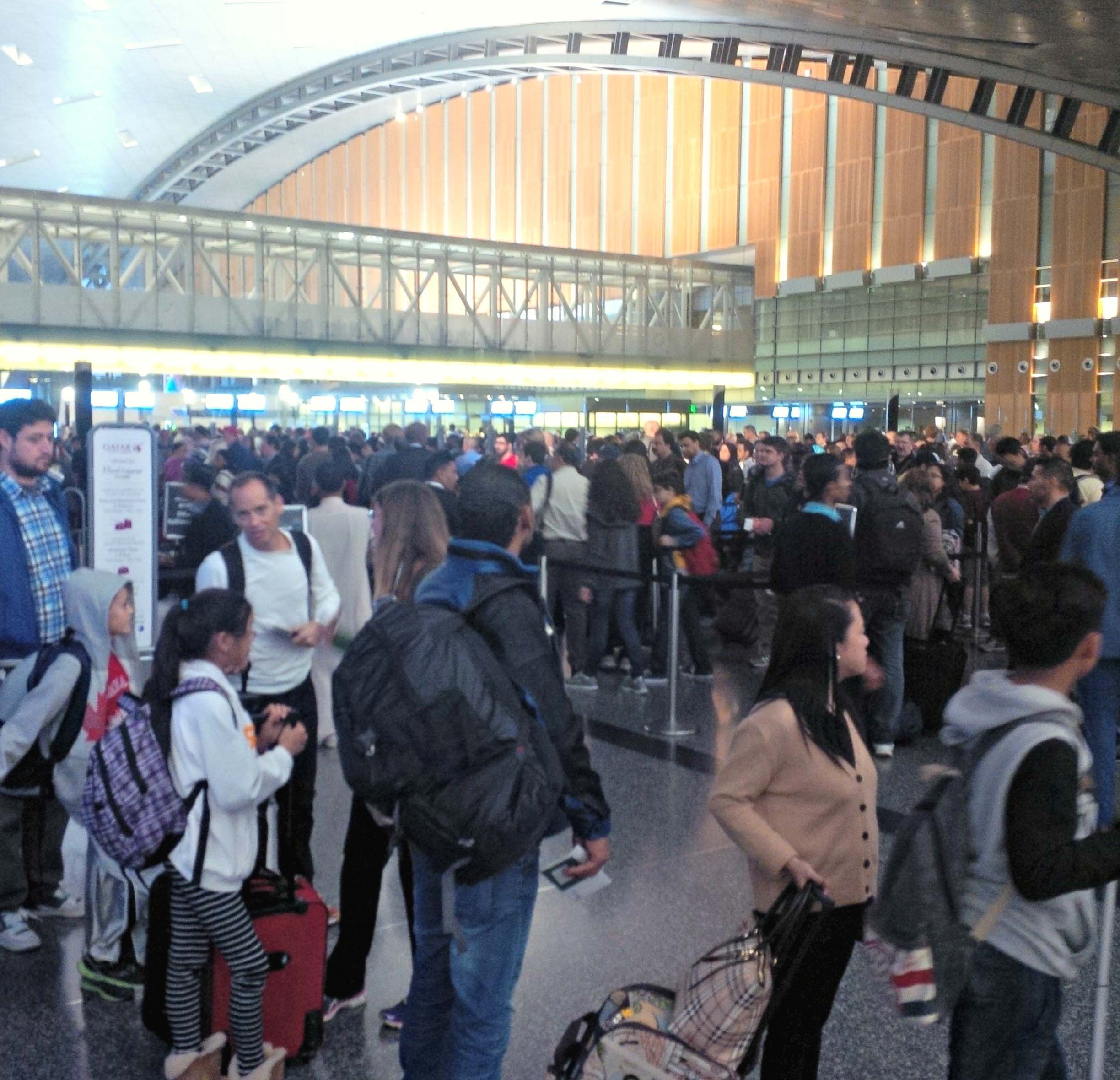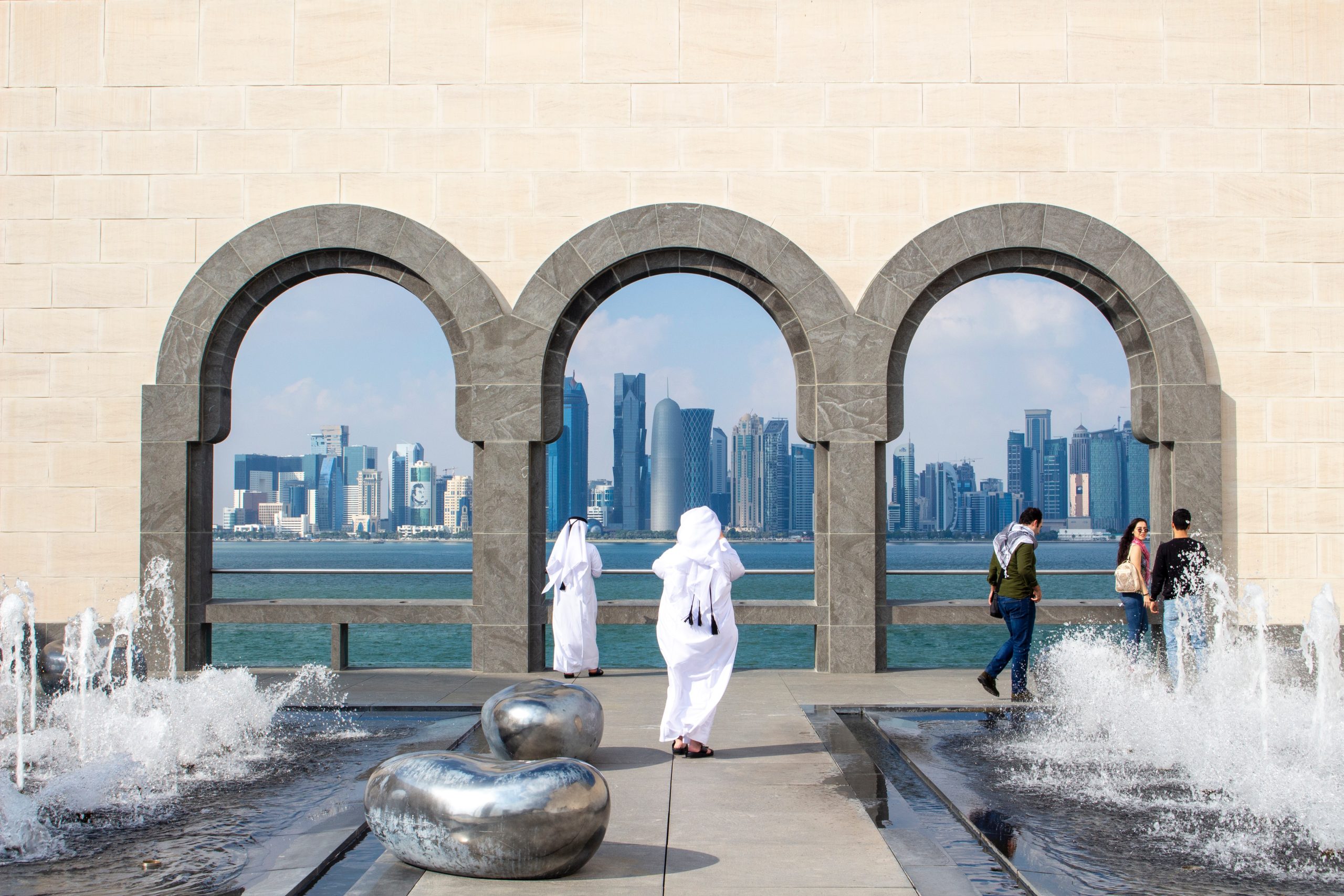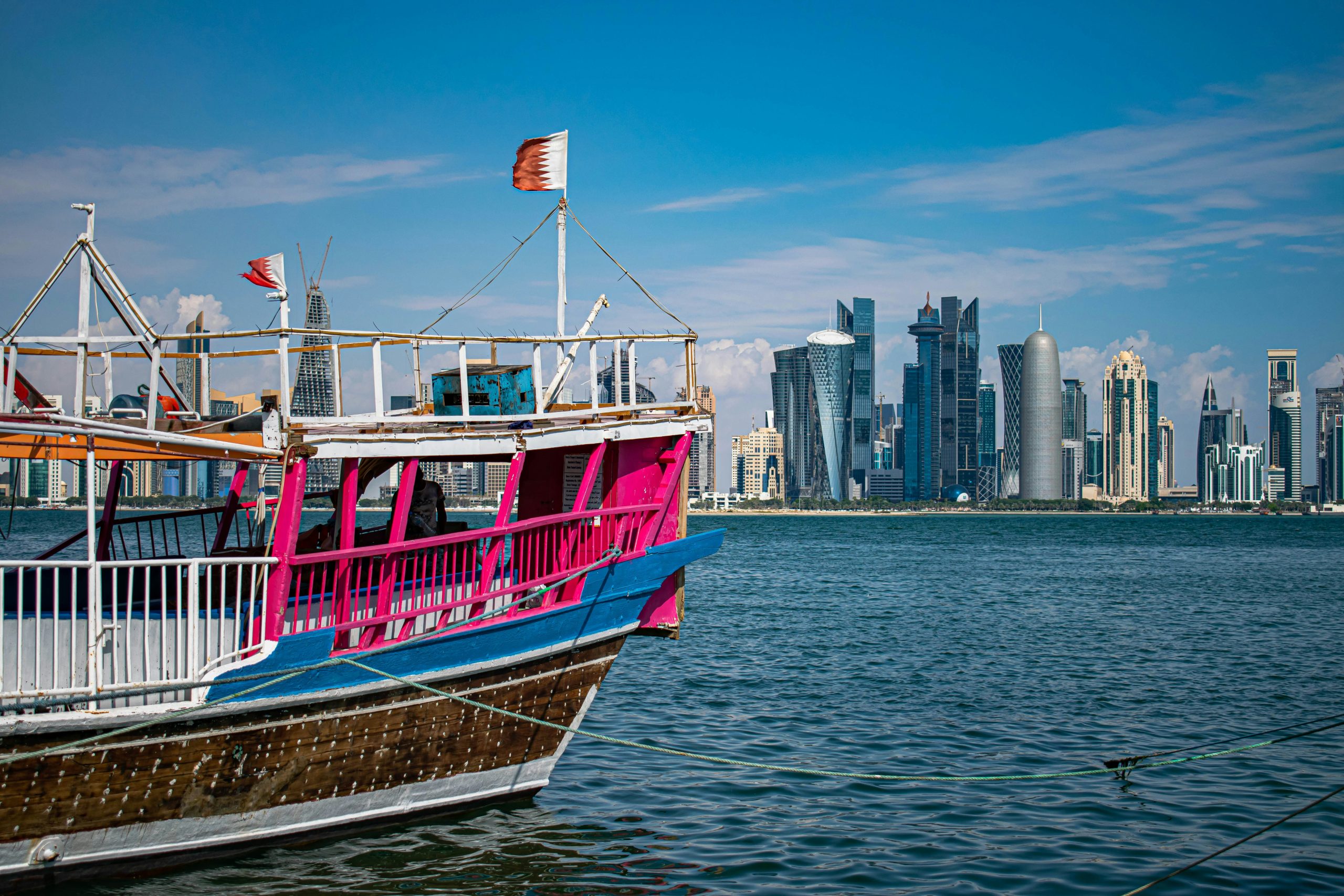
For the seventh time in the past year, Qatar’s population has hit an all-time high, according to new figures from the country’s statistics agency.
There were 2,334,029 people residing within Qatar’s borders at the end of last month, the Ministry of Development Planning and Statistics said.
That’s up nearly 5 percent, or 109,446 people, from January.

Put another way, that’s about enough people to fill 430 Qatar Airways 787 Dreamliners.
The country’s population figures represent a snapshot of the number of Qataris and foreigners who are within the country’s borders at the end of each month.
That means the tally fluctuates throughout the year due to holidays and school breaks, when many people leave to go on vacation.
As such, February’s population figure likely received a boost from families with school-aged children returning from their end-of-term break.
Not slowing down
Nevertheless, the year-over-year figures show that the country’s population is continuing to grow at a rapid clip.
There were more than 217,000 additional residents in Qatar last month, compared to February 2014, an increase of 10 percent.

Many observers say the growth is being driven by the massive infrastructure building boom underway in Qatar and the need for an ever-increasing number of construction workers to build new roads, rail lines, highways, schools and medical facilities around the country.
However, the gender breakdown of the population figures show that the ratio of men to women in Qatar has remained relatively constant over the past several years.
There were 584,427 females living in Qatar at the end of February, up 7.7 percent from a year earlier.
Despite the increase, women continue to make up 25 percent of the country’s population, suggesting that overall growth is not just due to the hiring of more blue-collar construction workers, but also female employees and white-collar expats whose families move here.
While the country’s growing population has helped fuel the country’s current economic boom, it has also put a strain on many services as government authorities race to keep pace.
Keeping up
For example, even as construction crews build dozens of new schools, expat parents still complain of a shortage of spaces for their children.
Meanwhile, rents are rapidly increasing as home builders are struggling to construct a sufficient number of new flats and villas, especially mid-prices units.

Qatar’s high population density also contributes to both the feeling that the country is becoming increasingly crowded, as well as putting pressure on schools, shopping centers and other communal areas.
A 2013 report found that nearly three-quarters of Qatar’s population lived in Doha and Al Rayyan. To illustrate the contrast, there were 3,136 people per sq km in Doha, compared to eight people per sq km in Al-Shamal.
To help cope with the strain, authorities have been encouraging more people to live outside the city by constructing additional schools and hospitals in outlying communities.
Thoughts?







